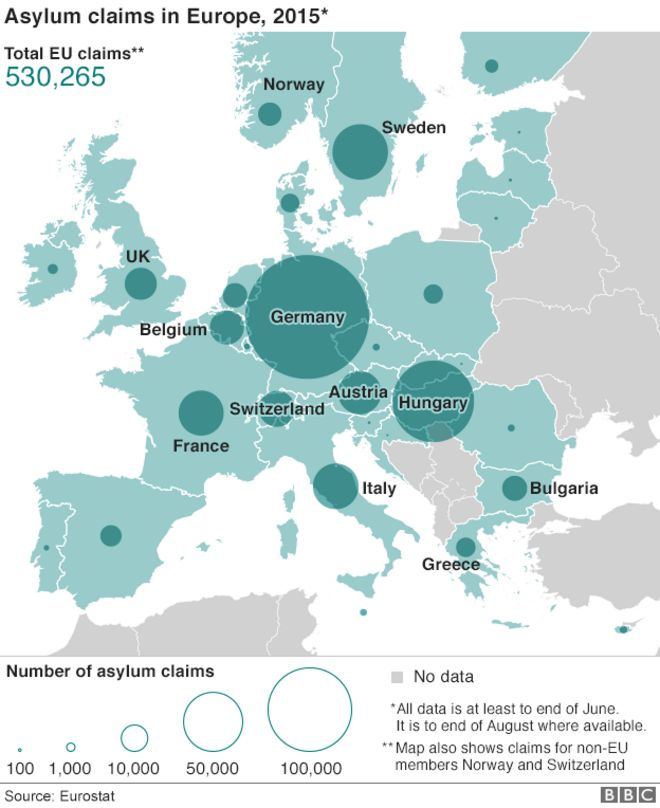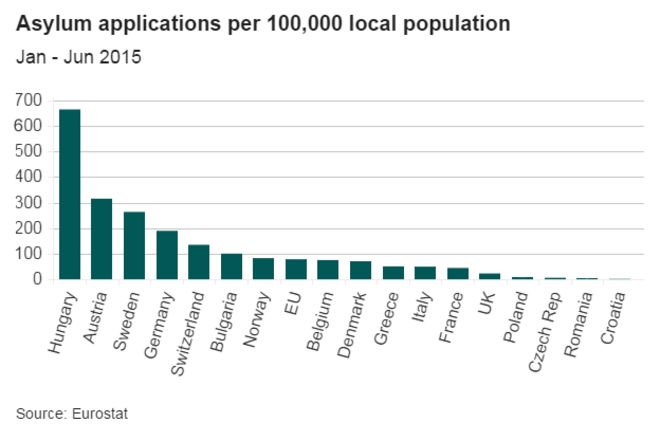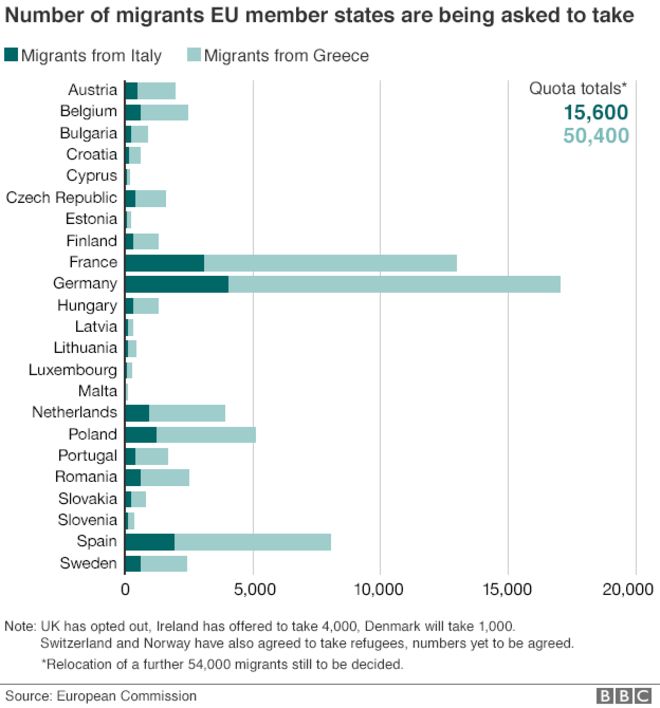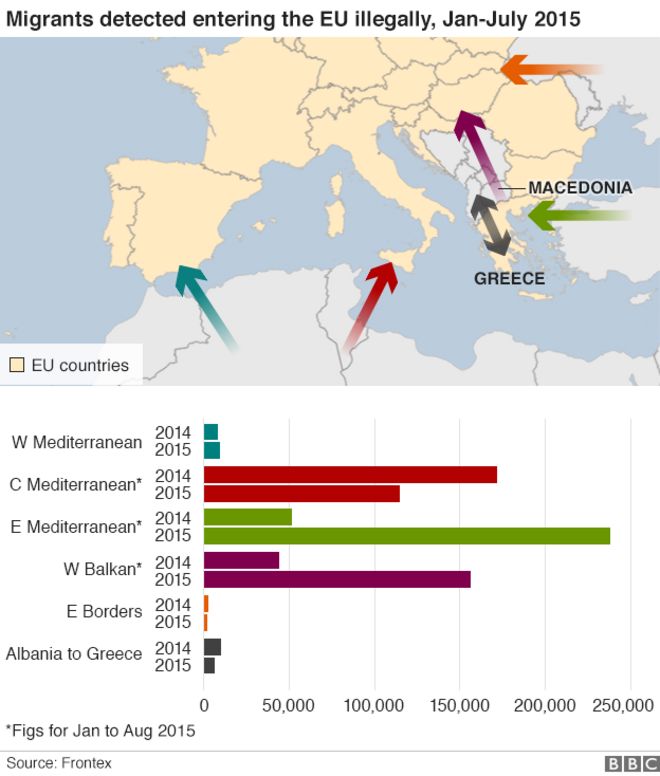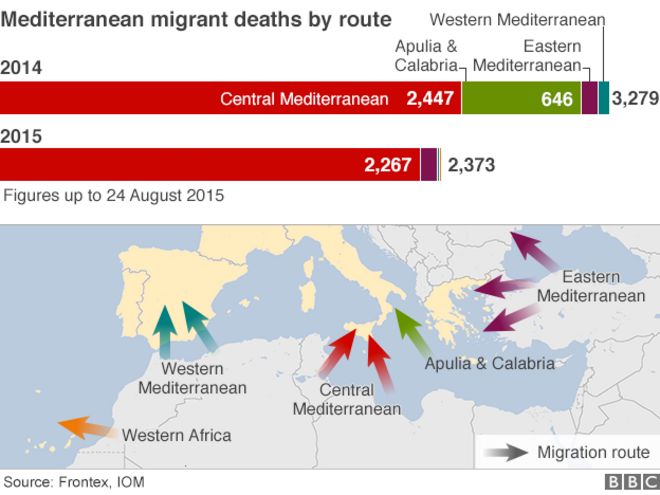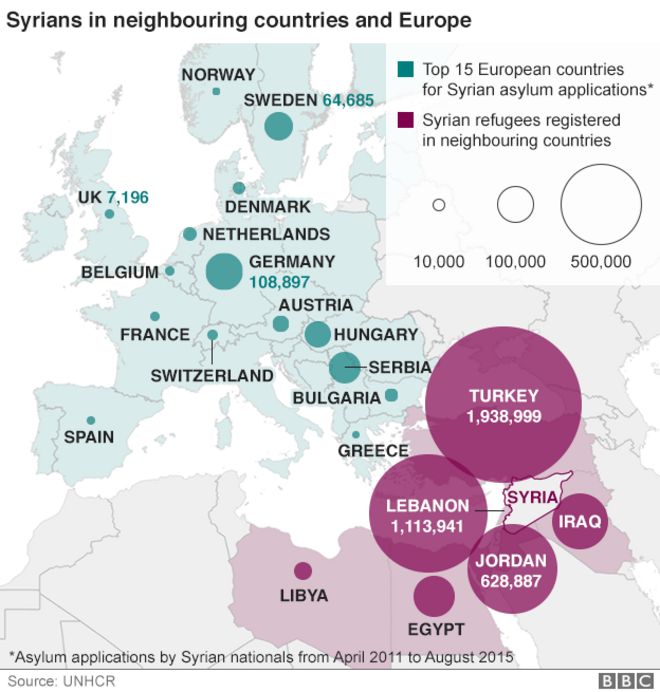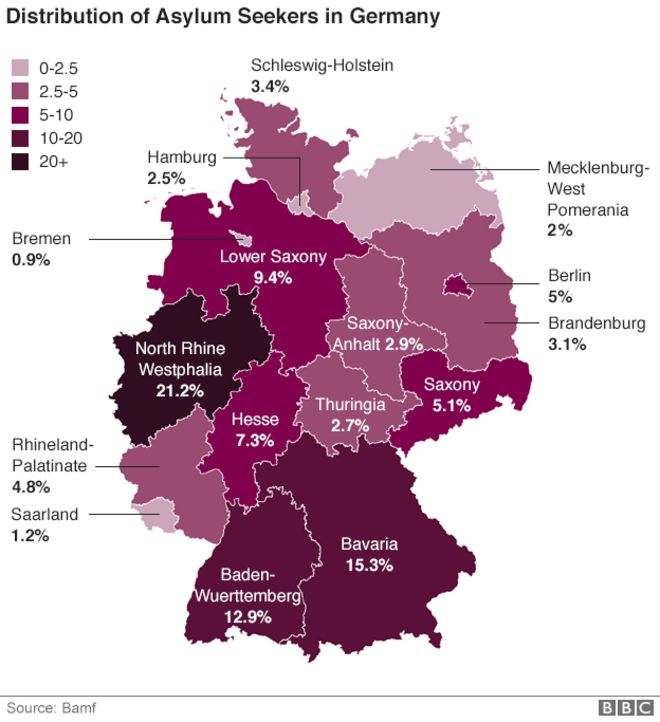“They could start at any moment,” the official said. “They are ready.”After several days of Russian familiarization flights, there is no reason they could not begin, the official added. And Russian drones have been collecting potential targeting information in their flights. But the U.S. doesn’t know what the Russians have in mind and when they will make a decision on airstrikes.
Four Russian Su-34 Fullback fighter jets are now at the Latakia air base in Syria, and more than 600 Russian troops are in place.
Pentagon spokesman Peter Cook told reporters Tuesday that Secretary of Defense Ash Carter directed his staff to “open lines of communication with Russia on de-confliction.”
The timing of these discussions is to be worked out in the coming days. The purpose of the discussions is “to ensure the safety of coalition air crews,” he said.
Cook added that the two nations have common ground when it comes to fighting ISIS, also known as ISIL, with Carter making clear that “the goal should be to take the fight to ISIL and not to defend the Assad regime.”
The Russia government unanimously voted to authorize Russia troops in Syria, meanwhile, Putin tells the United States to remove all fighter aircraft out of Syria and the region. Never in the history of the United States has our country taken orders from a foreign power much less Russia. It is proven under Barack Obama the United States has taken a back seat to Iran in Iraq and now Russia in Syria.
France has launched airstrikes and Bashir al Assad stays in power. At the behest and orders by the White House, the Pentagon has been sent back to the locker room.
How does this begin and end?
The official told Fox News that Russian diplomats sent an official demarche ordering U.S. planes out of Syria, adding that Russian fighter jets were now flying over Syrian territory. U.S. military sources told Fox News that U.S. planes would not comply with the Russian demand.
“There is nothing to indicate that we are changing operations over Syria,” a senior defense official said.
“We have had every indication in recent weeks that (the Russians) were going to do something given the build-up,” another defense official added.
The move by Moscow marks a major escalation in ongoing tensions between the two countries over military action in the war-torn country and comes moments after Russian lawmakers formally approved a request from the country’s president, Vladimir Putin, to authorize the use of troops in Syria.
The Russian demand also mirrors one made by Turkey this past July, when Ankara asked U.S. planes to fly only in airspace south of Mosul, Iraq. In that case, 24 Turkish jets bombed Kurdish positions, catching the U.S. off guard.
Can Putin succeed where White House has not in ISIS fight?
Warm-water port key to Putin’s interest in Syria?
President Obama attempts to save face on Syrian conflict
The Federation Council, the upper house of Russia’s parliament, discussed Putin’s request for the authorization behind the closed doors. Sergei Ivanov, chief of Putin’s administration, said in televised remarks that the parliament voted unanimously to approve the request.
Ivanov said the authorization is necessary “not in order to achieve some foreign policy goals” but “in order to defend Russia’s national interests.”
Putin is obligated to request parliamentary approval for any use of Russian troops abroad, according to the Russian constitution. The last time he did so was before Russia annexed Ukraine’s Crimean Peninsula in March 2014.
Putin’s request comes after his bilateral meeting with President Barack Obama on the sidelines of the United Nations General Assembly meeting in New York, where the two were discussing Russia’s recent military buildup in Syria.
A U.S. official told Fox News Monday the two leaders agreed to discuss political transition in Syria but were at odds over the role that Assad should play in resolving the civil conflict. The official said Obama reiterated to Putin that he does not believe there is a path to stability in Syria with Assad in power. Putin has said the world needs to support Assad because his military has the best chance to defeat ISIS militants.
Putin said the meeting, which lasted a little over 90 minutes, was “very constructive, business-like and frank”.
“We are thinking about it, and we don’t exclude anything.” Putin told reporters at the time
The Kremlin reported that Putin hosted a meeting of the Russian security council at his residence Tuesday night outside of Moscow, saying that they were discussing terrorism and extremism.
On Tuesday, French Foreign Minister Laurent Fabius called on Russia to make a real contribution to the fight against ISIS, telling reporters at the United Nations that Moscow “is against the terrorists, it’s not abnormal to launch strikes against them.”
“The international community has hit (ISIS). France has hit (ISIS), Bashar al-Assad very little, and the Russians not at all. So one has to look at who does what,” Fabius added.
Russia has been a staunch supporter of Syrian president Bashar al-Assad during Syria’s bloody civil war, and multiple reports have previously indicated that Russian troops are aiding Assad’s forces. Israel’s defense minister also said earlier this month that Russian troops are in Syria to help Assad fight the ISIS terror group.
On Wednesday, Reuters reported that Russia’s Foreign Ministry told the news agency Interfax that a recently established operations center in Baghdad would help coordinate air strikes and ground troops in Syria. Fox News first reported last week that the center had been set up by Russian, Syrian and Iranian military commanders with the goal of working with Iranian-backed Shia militias fighting ISIS.
Over the weekend, the Iraqi government announced that it would begin sharing “security and intelligence” information with Russia, Syria and Iran to help combat ISIS.
Meanwhile, intelligence sources told Fox News Friday that Iranian Quds Force commander Qasem Soleimani met with Russian military commanders in Baghdad September 22. Fox News reported earlier this month that Soleimani met Putin in Moscow over the summer to discuss a joint military plan in Syria.
“The Russians are no longer advising, but co-leading the war in Syria,” one intelligence official said at the time.
Fox News’ Jennifer Griffin and Lucas Tomlinson and the Associated Press contributed to this report.


